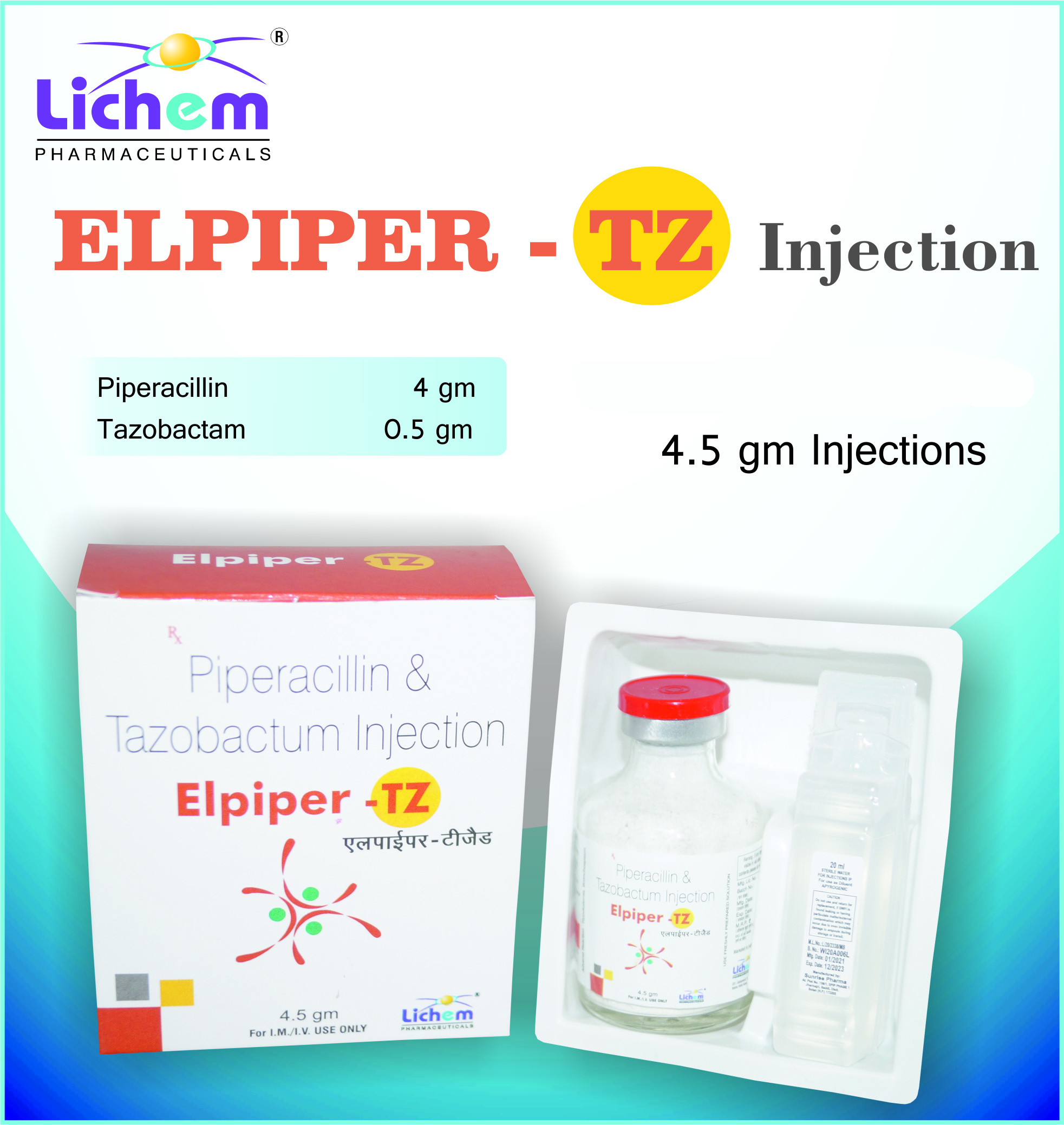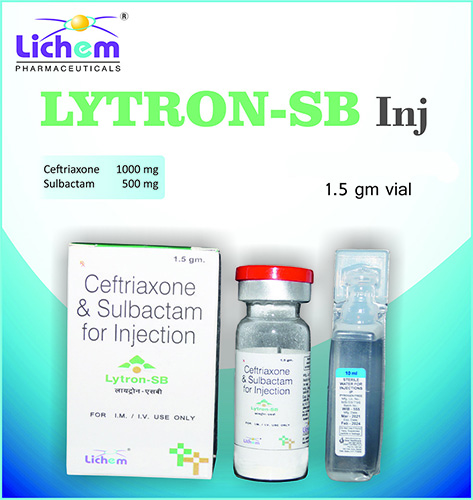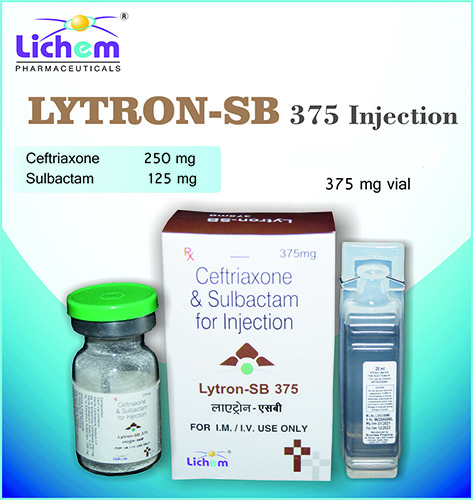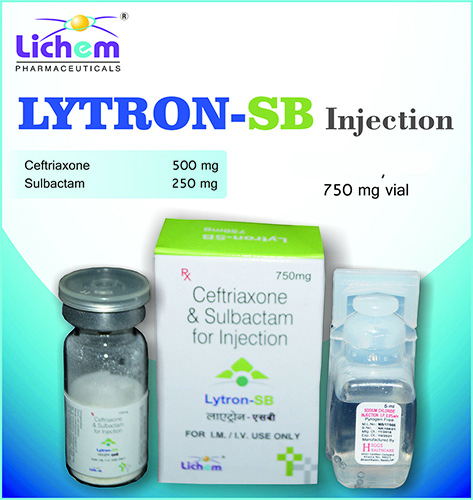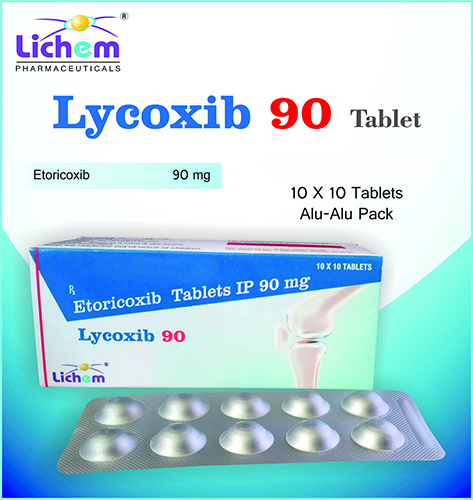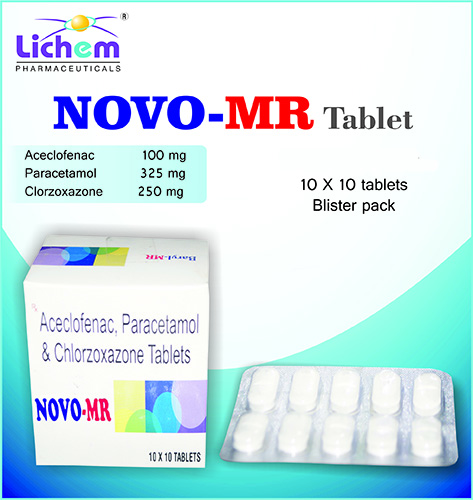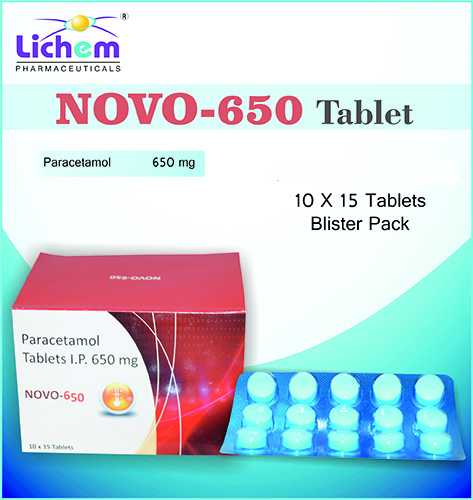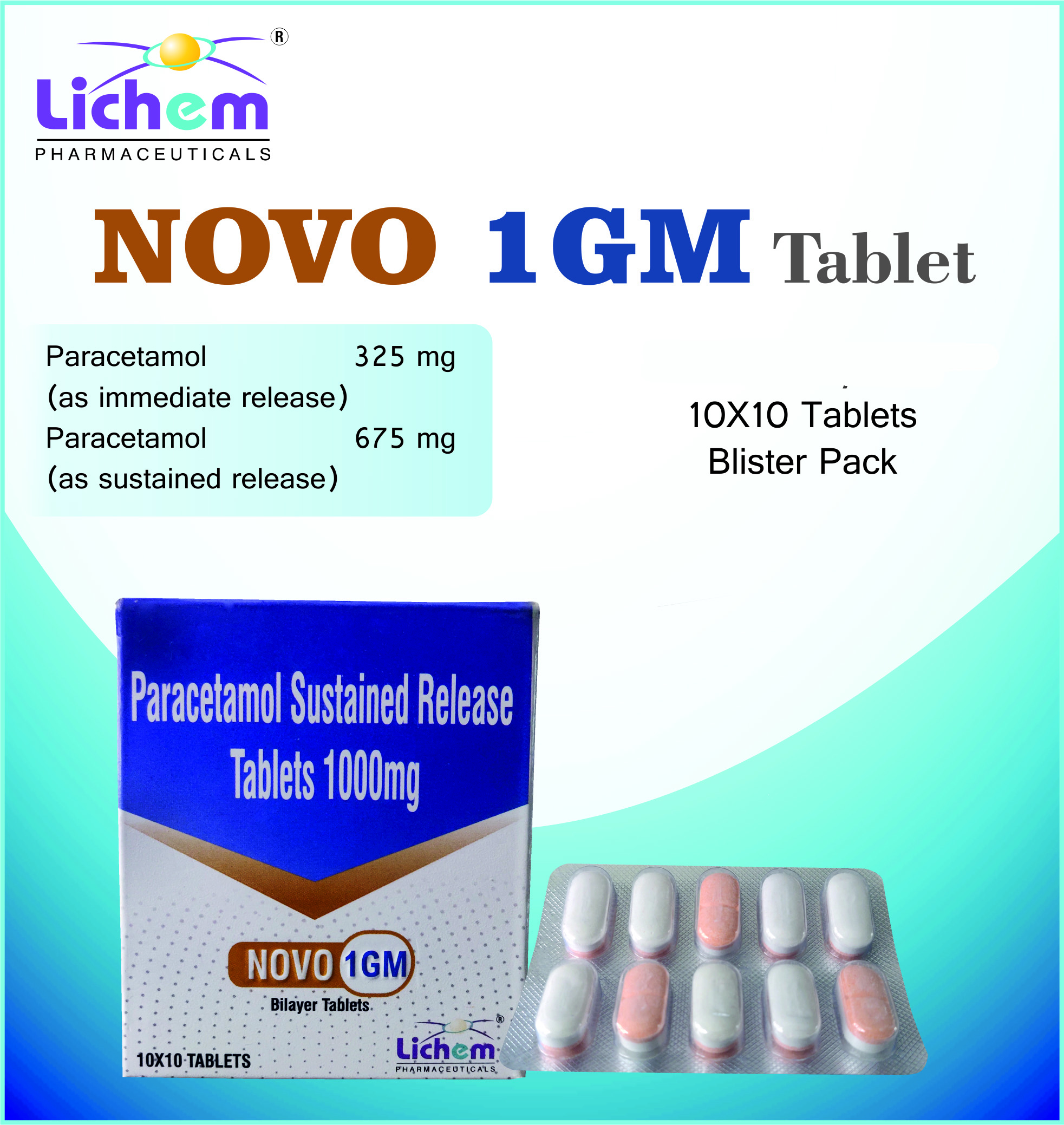Composition : Piperacillin 4 gm + Tazobactam 0.5 gm Piperacillin : Belongs to a class of antibiotics called penicillins. Works by interfering with the bacteria's cell wall formation, preventing them from growing and multiplying. Tazobactam : A beta-lactamase inhibitor. Does not directly kill bacteria but protects Piperacillin from being broken down by certain enzymes produced by bacteria (beta-lactamase) that can render antibiotics ineffective. This allows Piperacillin to function effectively against a broader range of bacteria. INDICATIONS Intra Abdominal Infections Lower Respiratory Tract Infections Pelvic Inflammatory Disease Pre-Operative Prophylaxis Secondary Infections
Send Message